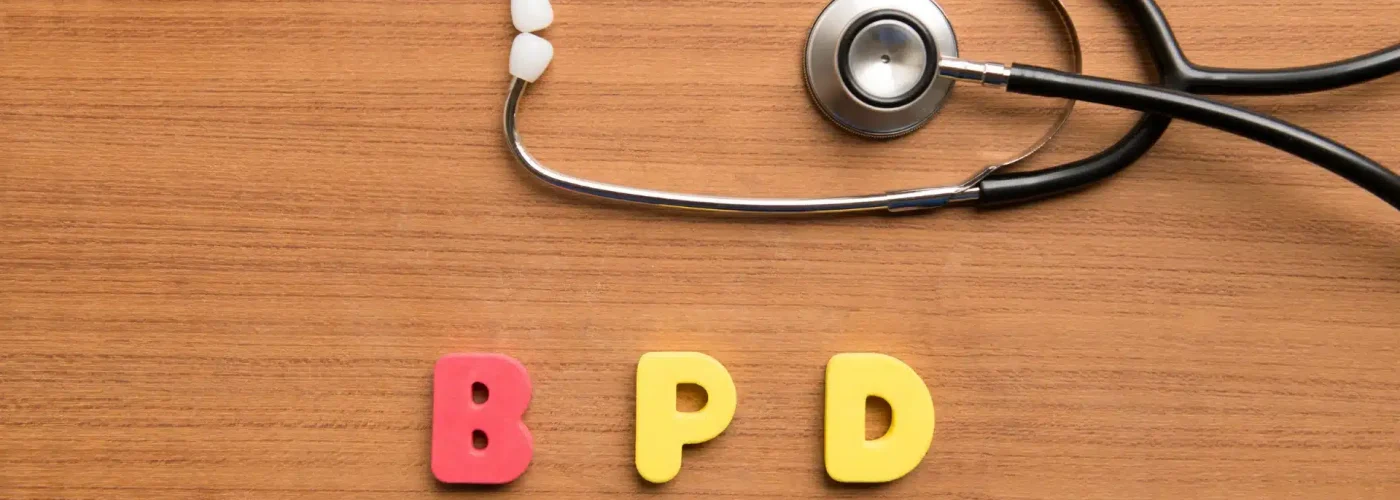Emma wakes up early. She stares at her phone, thinking why does my heart race when my friend does not text me back? She feels angry. She feels sad. And she wonders: What is petulant BPD?
Emma wants to know why she changes so fast. One moment, she is happy. Next, she feels moody and upset. She feels hurt even when others do not mean to hurt her. She fears she will push people away. Her feelings bounce up and down like frogs on a pond.
Her day starts with a gift from a coworker. At first, she smiles. Then she thinks, “They don’t really like me.” Her chest feels tight. At lunch, she frowns. She snaps at a friend over nothing. Why does this happen?
She goes home and cries. How can I recognize petulant BPD? She searches online. She reads that it can cause fast mood swings. And she learns it makes people feel easily hurt.
Emma keeps asking: Why does petulant BPD happen? Did it start when she was a child and felt unseen? She hears others say it can steal peace. Emma wants her calm back. She wants to stop the cycle of sudden mood swings.
Why Does Petulant BPD Happen
Emma thinks about her past. She remembers feeling invisible as a child. She felt her words did not matter. She often felt sad and alone. She held anger inside. Then it burst out without warning.
Jonice Webb, author of the Running on Empty Books, links childhood neglect to deep emotional pain that can last for years. That pain can spark petulant BPD. People feel unloved. They may act out with anger or sulking. And they test others to see if they are cared for.
Does that seem fair? No. But it is the mind’s way of protecting itself. Emma feels this truth inside her.
She asks: how do I see petulant BPD in my daily life? She notices that she reacts strongly when plans change. She learns this reaction is her hidden hurt speaking. She starts to pause. She breathes deeply. And she learns to say her fears instead of just showing anger.
How to Recognize Petulant BPD
At dinner, Emma snaps when her partner forgets a word. Right after, she blushes with shame. She asks, why does petulant BPD hurt relationships?
A thesis by Amanda Muncher found that mood swings and passive-aggressive acts hurt trust. When one person flips between anger and silence, the other feels lost. They may pull away. It hurts both sides.
Emma imagines a friend stepping back after she lashes out. The thought makes her shiver. This awareness helps her change. She sees her pattern. She says, “I feel hurt when…” She stops blaming others. She starts to repair the trust she once broke.
Why Petulant BPD is Harmful
Emma remembers a fight with her sibling. They yelled. Then she gave them the silent treatment for days. She felt lonely and guilty. She asked herself: How do people treat petulant BPD?
Jennifer May and her team found that dialectical behavioral therapy (DBT) can help. DBT was made for BPD. It teaches people how to manage strong feelings. It helps them pause before reacting. That keeps mood swings from ruining life.
Emma pictures herself losing control, but then using tools to ground herself. She sees strength in knowing the problem. She chooses to seek help. And she imagines living with more peace.
How to Treat Petulant BPD
A calm therapist guides Emma. They teach her to breathe slowly. She closes her eyes. She hears: “Stop. Feel safe. Speak gently.” She does not explode. She pauses. She says, “I feel scared.” She makes a real connection.
A 2025 clinical trial by Ioannis Malogiannis and his team showed that step-by-step therapy helps people with BPD. This therapy makes people stronger. It helps them feel better about life. It also costs less and helps more than standard care.
Emma thinks this could be me. I could feel calmer. I could repair my bonds. She plans to visit Alter Behavioral Health. She believes they can help her stop the painful cycle.
Why Petulant BPD Differs
Emma feels her moods flip quickly. She asks: How does petulant BPD differ from other types of BPD?
Experts explain that petulant BPD often brings bitterness, restlessness, and stubborn moods. Other types may be quieter or impulsive. Petulant BPD feels prickly, tense, and full of defiance.
Emma sees it now. Her hurt often hides in her stubbornness. She softly names it: “This is petulant BPD.” Naming it makes it less scary. She stops calling herself “bad.” She sees it as a condition, not a personal flaw.
She breathes. She says, “I have petulant BPD. But I can heal.” She feels lighter now that she knows.
How Petulant BPD Manifests in Relationships
Emma sits with her partner. She admits, “When I go quiet after a small fight, I feel unworthy.” Her partner hugs her. She cries. She says, “I’m scared you will leave me.”
A study by Mirko Duradoni et al. (2025) found that many people with BPD use phones and apps too much. They often feel needy, distracted, or broken. This can hurt marriages and jobs.
Emma nods as she reads. She sees herself hiding in her phone. She sees how it pushed people away. She decides to talk when she feels lost instead of shutting down. She keeps eye contact. She begins to rebuild trust.
She plans to keep going to therapy. She imagines using new tools taught by her guides. She dreams of steady mornings, kind words, and calm moments. She believes change is real.
Real Change Is Within Your Reach
Emma’s story shows what petulant BPD really is. It is a heavy load of mood swings, anger, and fear. It can feel like chaos every day. But now she knows why petulant BPD happens. She can see its signs. She knows why it is harmful. She learns how to treat it. She sees how it differs. And she knows how it shows up in relationships.
At Alter Behavioral Health, we care about stories like Emma’s. We do more than treat symptoms. We help people rebuild trust. We help heal old wounds. We help create calmer mornings.
So, do you feel angry, moody, or out of control? Do you wonder if this is petulant BPD? If yes, Alter Behavioral Health can help. You deserve peace. You deserve loving relationships. Start healing today.
Your Questions Answered
1. What is petulant BPD?
It is a type of BPD with mood swings, irritability, and fear of being unloved.
2. Why does petulant BPD happen?
It often comes from childhood hurt, neglect, or trauma.
3. How to recognize petulant BPD?
Look for quick anger, mood flips, passive-aggressive acts, and control needs.
4. Why is petulant BPD harmful?
It breaks trust and closeness in relationships.
5. How to treat petulant BPD?
Special therapy helps manage feelings and repair bonds.
6. Why does petulant BPD differ from other types?
It brings bitter, stubborn moods. Others may feel quiet or impulsive.
7. How does petulant BPD manifest in relationships?
It shows clinginess, anger swings, and fear of rejection.
8. Can therapy help calm petulant BPD?
Yes. Studies show therapy reduces symptoms and builds stability.
9. Is petulant BPD curable?
No cure exists. But therapy and support bring big improvements.
10. Where can I get help?
Alter Behavioral Health offers real, proven care for petulant BPD.



